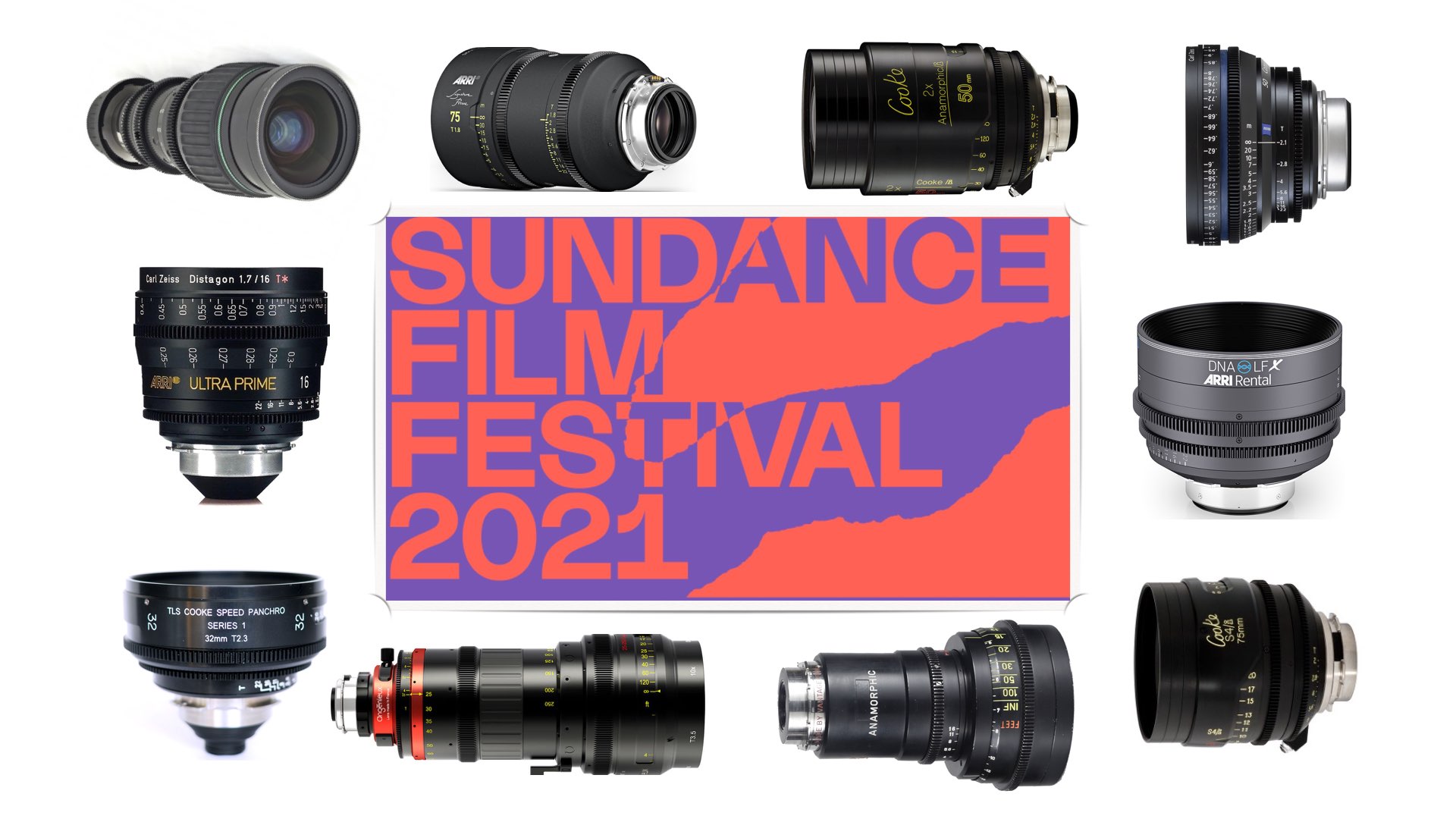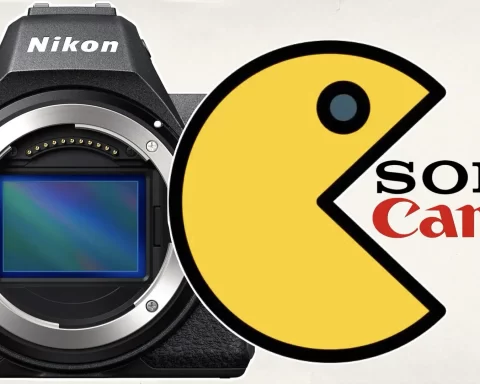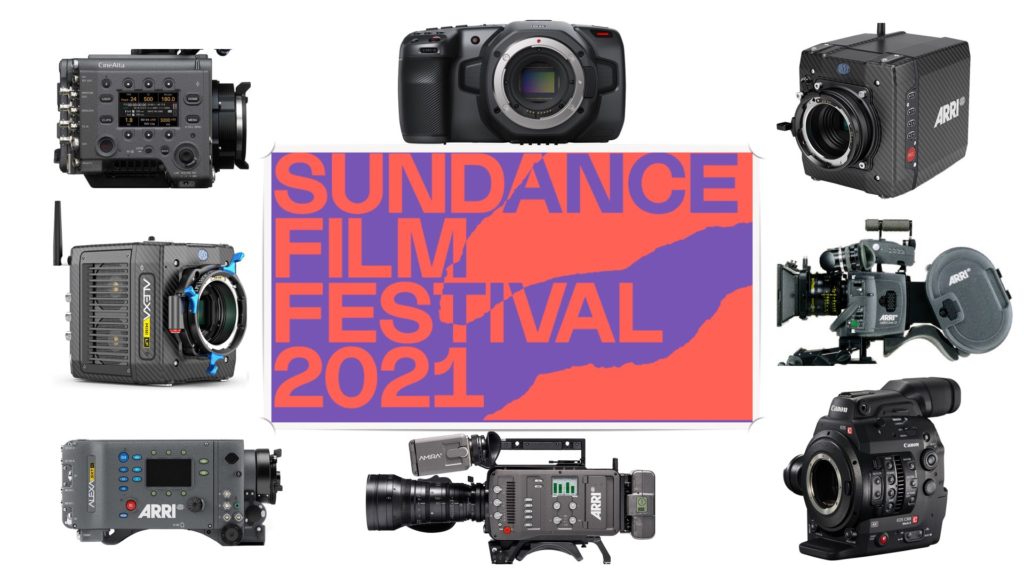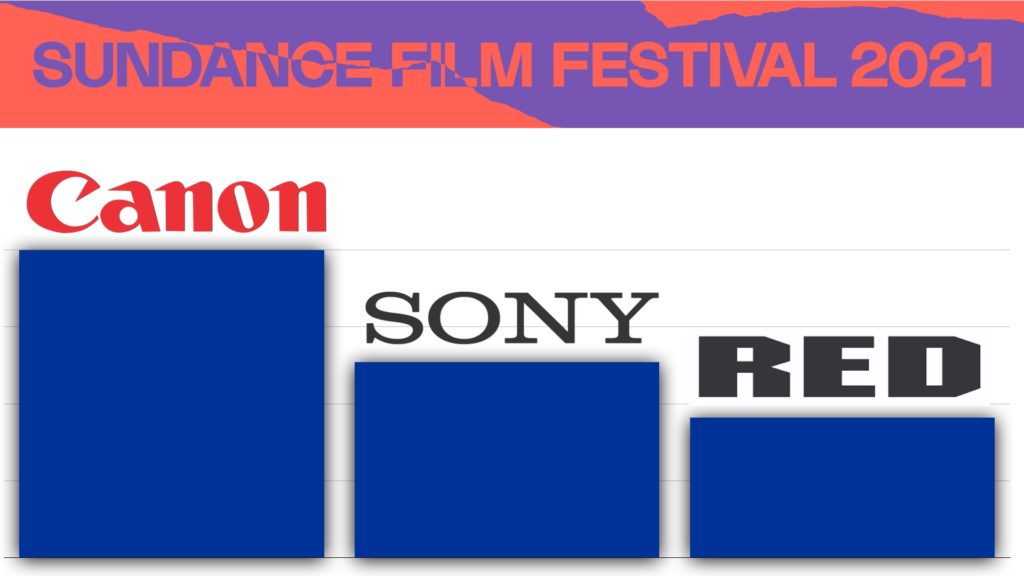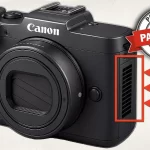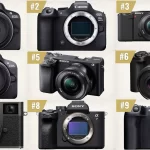These are the lenses that shot 33 narrative feature films premiering at Sundance 2021. Most of the lenses are dedicated to cover Super 35 sensors. The list is characterized by unique pieces of glass (old lenses and vintages), which is what we’d expect from independent visionaries. Are the chosen lenses much different compared to last year’s festival? Let’s see.
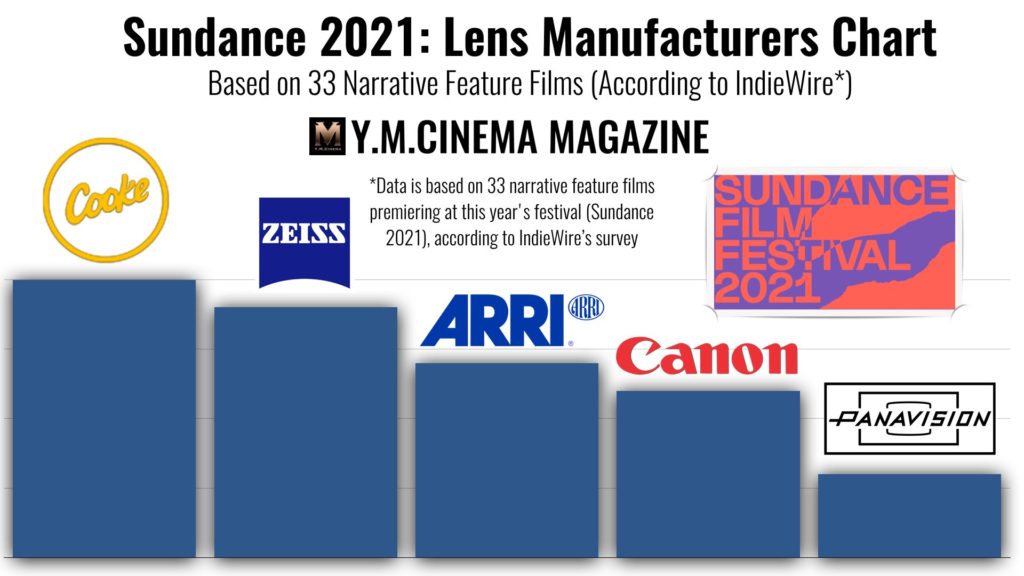
The glass behind Sundance Film Festival
The lens is one of the most crucial and important factors being chosen to tell the story. Choosing the correct lens demands extensive research, as the choices are endless. Indeed, in this Sundance 2021’s lens survey, we explore a vast amount of lenses been used to shoot the selected films. The list is diverse and reminds us of Sundance 2020 lenses (Read: The Lenses Behind Sundance 2020: Cooke, Panavision, Angenieux, and a lot of Vintages). Let’s reveal the glass selection of the world’s best independent filmmakers.
Note: This article focuses on Sundance 2021 lenses. Go here to read about Sundance 2021 cameras.
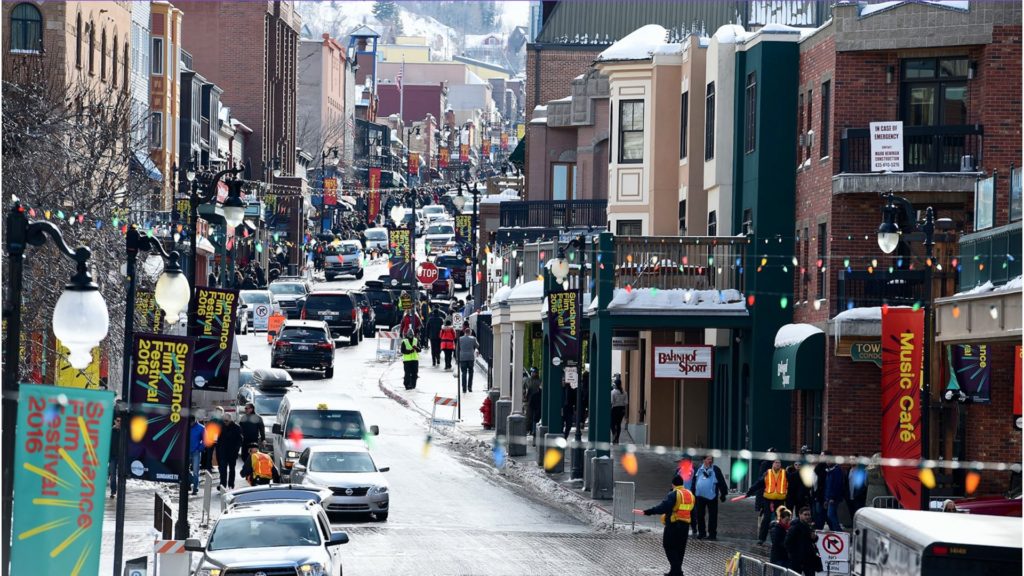
Sundance 2021: Films and lenses
This list shows the lenses used to shoot 33 narrative feature films premiering at this year’s festival (Sundance 2021). The data is based on the IndieWire cinematography survey (Check IndieWire’s article to read more about the creation process of those films). The chart is underneath this list.
- Censor. DP: Annika Summerson. Lenses: Canon K-35
- CODA. DP: Paula Huidobro. Lenses: ARRI Signature Primes
- Coming Home in the Dark. DP: Matt Henley. Lenses: Zeiss Ultra Primes
- Eight for Silver. DP: Sean Ellis. Lenses: Optica Elite Series-7 Anamorphic
- El Planeta. DP: Carlos Rigo Bellver. Lenses: Leica R
- Fire in the Mountains. DP: Dominique Colin. Lenses: Zeiss Ultra Primes
- First Date. DP: Manuel Crosby. Lenses: Rokinon Cine DS Primes, Letus Anamorphx 1.8x
- Hive. DP: Alex Bloom. Lenses: Cooke S4/i, Zeiss Super speed MK2.
- Human Factors. DP: Klemens Hufnagl. Lenses: Cooke Speed Panchro, Leica-R
- I Was a Simple Man. DP: Eunsoo Cho. Lenses: Cooke Speed Pancho
- Jockey. DP: Adolpho Veloso. Lenses: Zeiss Superspeeds
- John and the Hole. DP: Paul Özgür. Lenses: Zeiss Supreme Primes
- Judas and the Black Messiah. DP: Sean Bobbitt. Lenses: ARRI DNA
- Knocking. DP: Hannes Krantz. Lesnes: Modify Contax
- Luzzu. DP: Léo Lefèvre. Lenses: Zeiss MKI, Canon Zoom
- Ma Belle, My Beauty. DP: Lauren Guiteras. Lenses: Panavision Ultra Speeds
- Marvelous and the Black Hole. DP: Nanu Segal. Lenses: Xtal Xpress Anamorphics, Panavision Super Speed Sphericals
- Mass. DP: Ryan Jackson-Healy. Lenses: Cooke Speed Panchros, Kowa Anamorphic.
- Mayday. DP: Sam Levy. Lenses: Cooke SF Anamorphic Prime
- Mother Schmuckers. DP: Sylvestre Vannoorenberghe. Lenses: Canon S16 zoom, Canon EF-S 18-135mm
- One for the Road. DP: Phaklao Jiraungkoonkun. Lenses: ARRI Master Prime, ARRI Signature Prime
- Passing. DP: Edu Grau. Lenses: Lomo Anamorphic
- Pleasure. DP: Sophie Winqvist Loggins. Lenses: Cooke S4/i
- Prime Time. DP: Michał Łuka. Lenses: Panavision Primo
- Prisoners of the Ghostland. DP: Sohei Tanikawa. Lenses: ARRI Ultra Prime
- R#J. DP: Diego Madrigal. Lenses: Zeiss Super Speed, Cooke Anamorphic, Angenieux Zoom
- Son of Monarchs. DP: Alejandro Mejía. Lenses: Lomo Anamorphic
- Strawberry Mansion. DP: Tyler Davis. Lenses: Zeiss Super Speed
- Superior. DP: Mia Cioffi Henry. Lenses: Zeiss Super Speed Prime
- Together Together. DP: Frank Barrera. Lenses: Zeiss Super Speed Prime
- Violation. DP: Adam Crosby. Lenses: Zeiss Super Speeds
- We’re All Going to the World’s Fair. DP: Daniel Patrick Carbone. Lenses: Canon Vixia HF R800, Zeiss Superspeed (16mm format), Canon 8-65mm, and 11-165mm zooms
- Wild Indian. DP: Eli Born. Lenses: Cooke Anamorphic
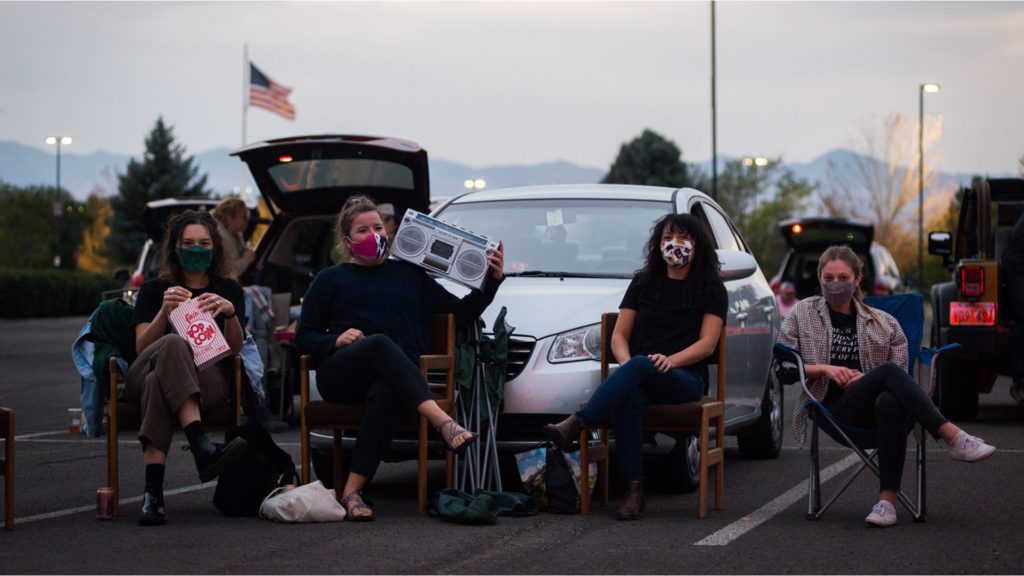
Lenses chart of Sundance 2021
Explore the chart below based on that data (Credit: Y.M.Cinema Magazine):
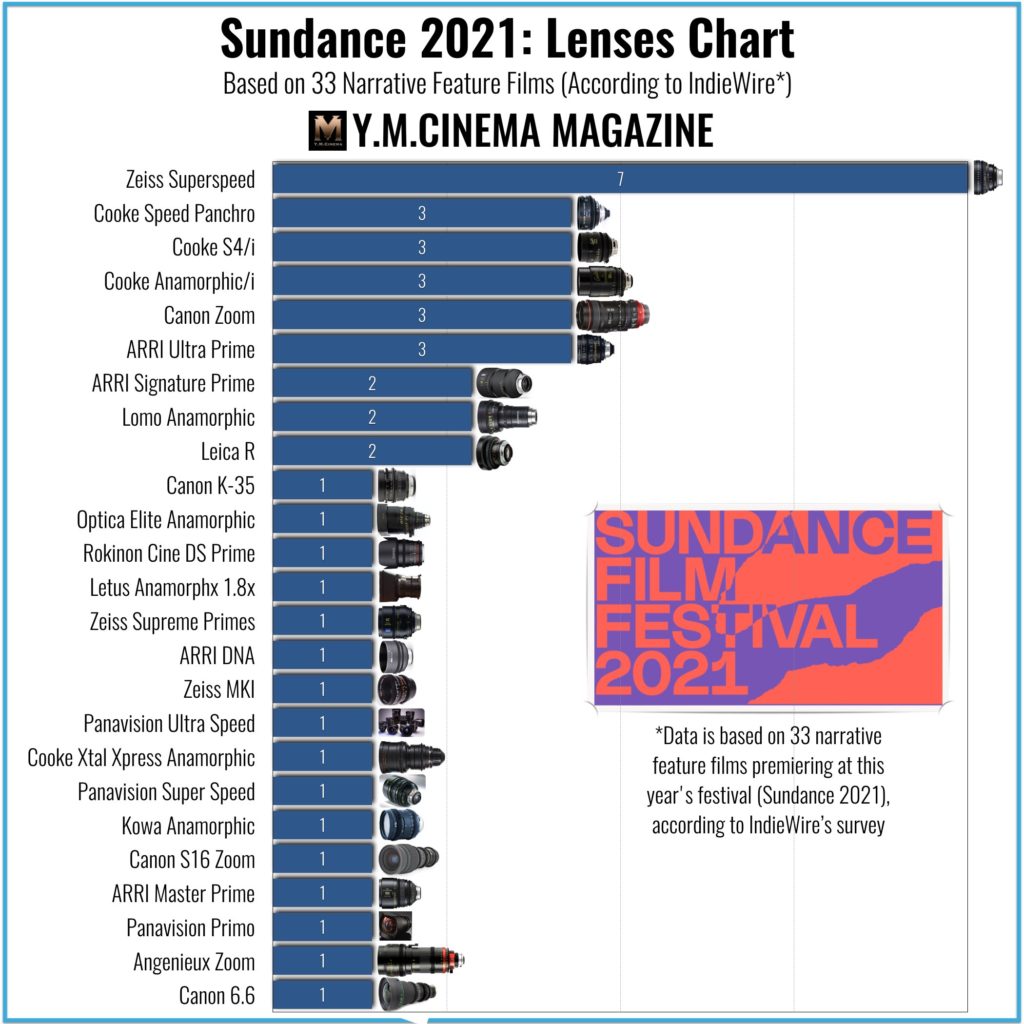
Insights
It seems that again, the “Cooke Look” is preferred by independent filmmakers, as it was in Sundance 2020. Other dominant manufacturers are Zeiss, ARRI, Panavision, and Canon. Moreover, it’s interesting to reveal that Super 35 is still the chosen format among indie productions. Indeed, as we saw in the Camera Chart, large-format sensors were a minority, compared to Super 35, which is the most traditional way for movie making, especially in the midst of independent visionaries.

